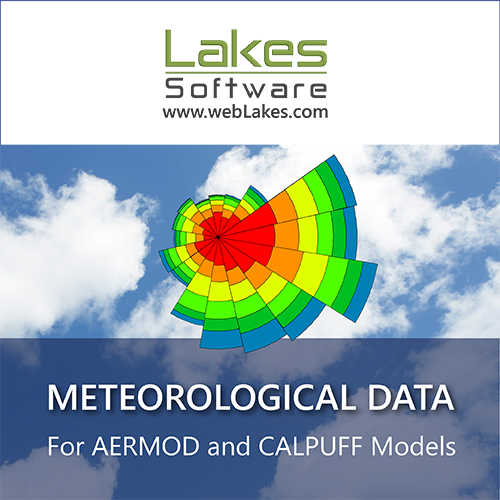ATMOSPHERIC MERCURY MEASUREMENTS AT CAPE POINT, SOUTH AFRICA
DOI:
https://doi.org/10.17159/caj/2010/18/1.7082Keywords:
Gaseous elemental mercury (GEM), seasonal cycle, trends, depletion, pollution eventsAbstract
Over the 1995-2009 period the gaseous elemental mercury (GEM) concentrations have decreased by about 0.04 ng m-3 yr-1 -at Cape Point (CPT). A reduction of the same magnitude is indicated by measurements during intermittent ship cruises, implying a homogeneous distribution of GEM concentrations in the Southern Hemisphere (SH) and a 30% reduction of its atmospheric burden. Almost all GEM measurements in the Northern Hemisphere (NH) point to a substantial decrease but the trends are inhomogeneous, most likely due to a variable source distribution. However, measurements in the NH during ship cruises suggest a trend of similar magnitude. A decrease in the total atmospheric GEM burden by about 30% is inconsistent with the current mercury budgets. The most probable explanation for this is subsiding re-emissions from the legacy of large past emissions.
High-resolution data since 2007 revealed depletion (DES) as well as pollution events (PEs). Both types are embedded in air masses ranging from marine background to continental. The DES observed at Cape Point are a local phenomenon (<100 km) and are the first mercury depletion events reported outside the Polar Regions. In contrast to polar DES, the DES at CPT are not accompanied by concurrent O3 depletion. They mostly appear at wind speeds < 10 m s-1 and their predominating occurrence between 11 and 18 hours suggests a photochemical destruction mechanism which could not be explained yet.
GEM correlates with CO, C02, and CH4 during most PES at CPT (GEM levels > 1.3 ng m-3) and with 222Rn during about half the events. Most of the observed GEM/CO emission ratios are within the range bracketed by values reported for biomass burning and industrial/urban emissions, thus suggesting a mixture of both. No significant differences of GEM/CO and GEM/C02 could be found between different source regions defined by backward trajectories. This implies that exceptionally high emissions ascribed to the Gauteng region in global mercury inventories are overestimated.
Downloads
Downloads
Published
How to Cite
Issue
Section
License

All articles are published under a Creative Commons Attribution 4.0 International License; copyright is retained by the authors. Readers are welcome to reproduce, share and adapt the content without permission provided the source is attributed.








.png)